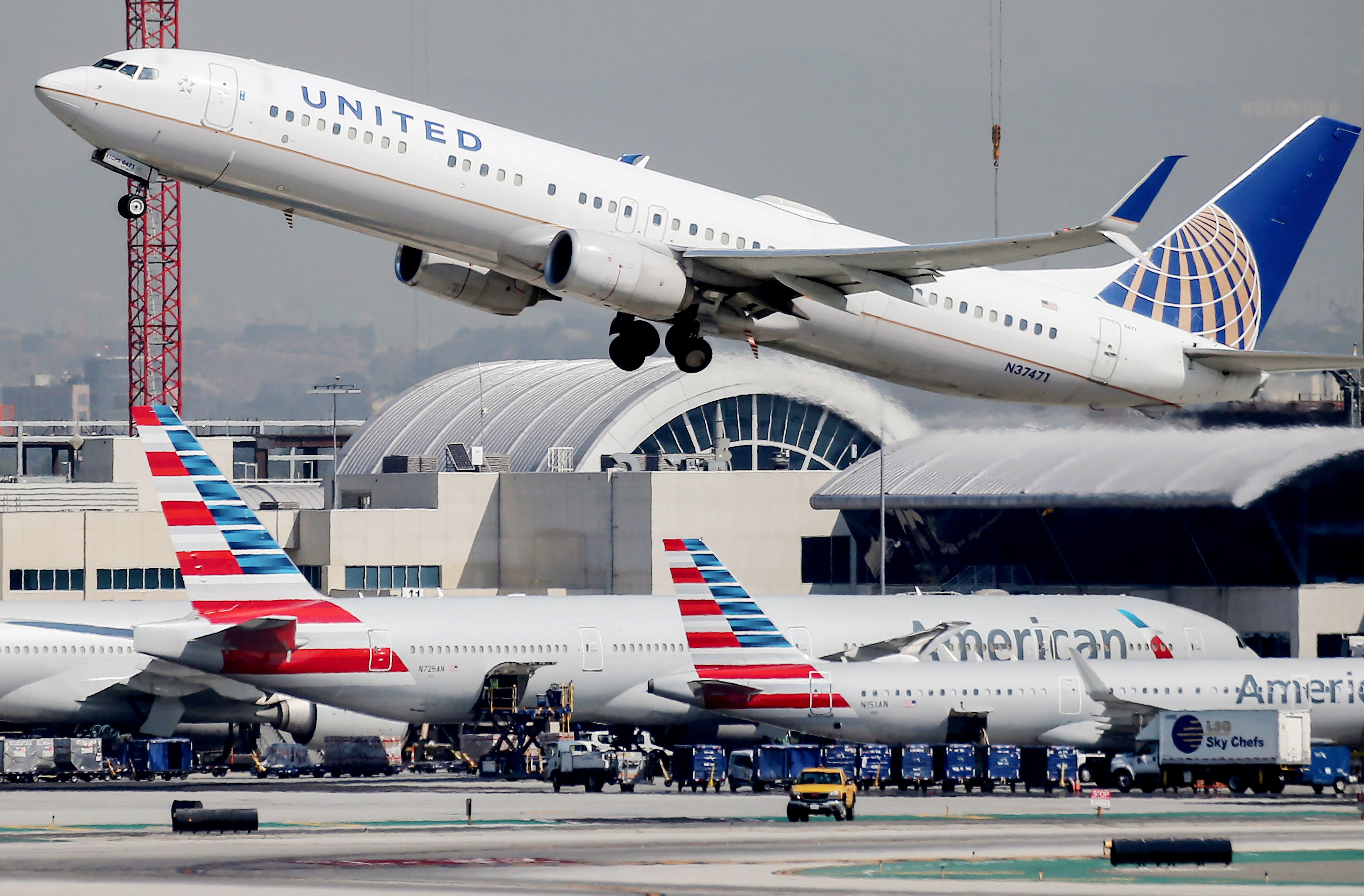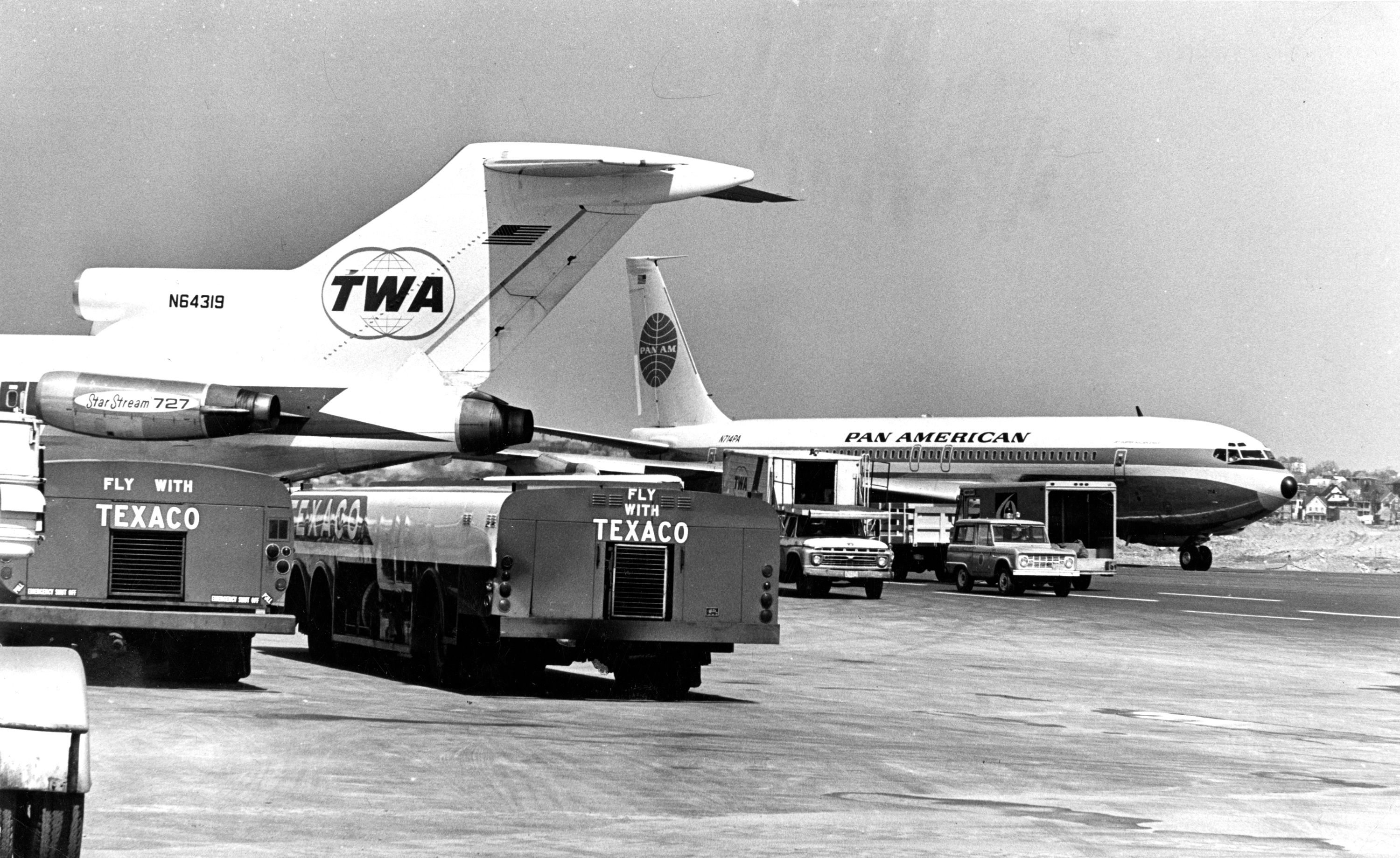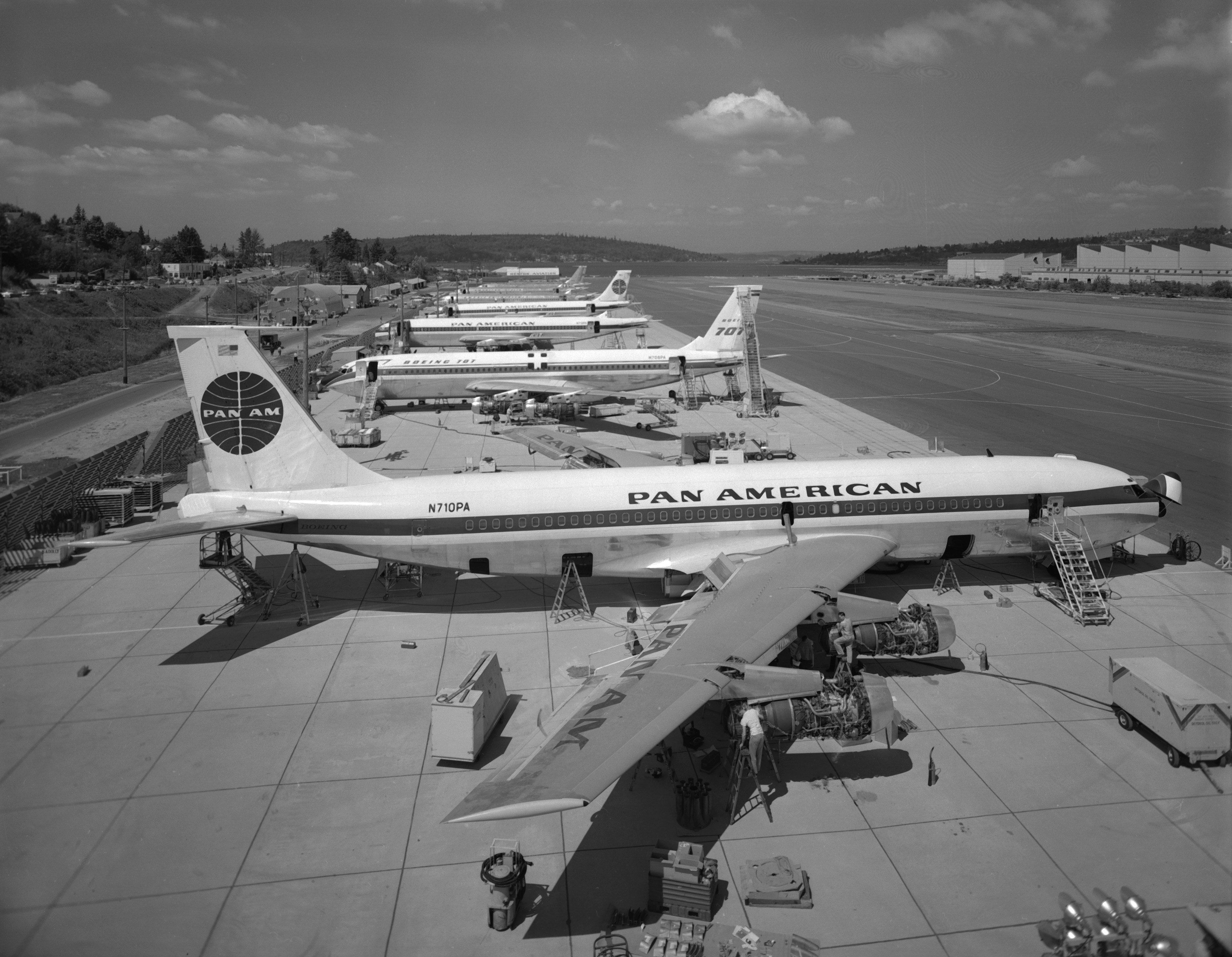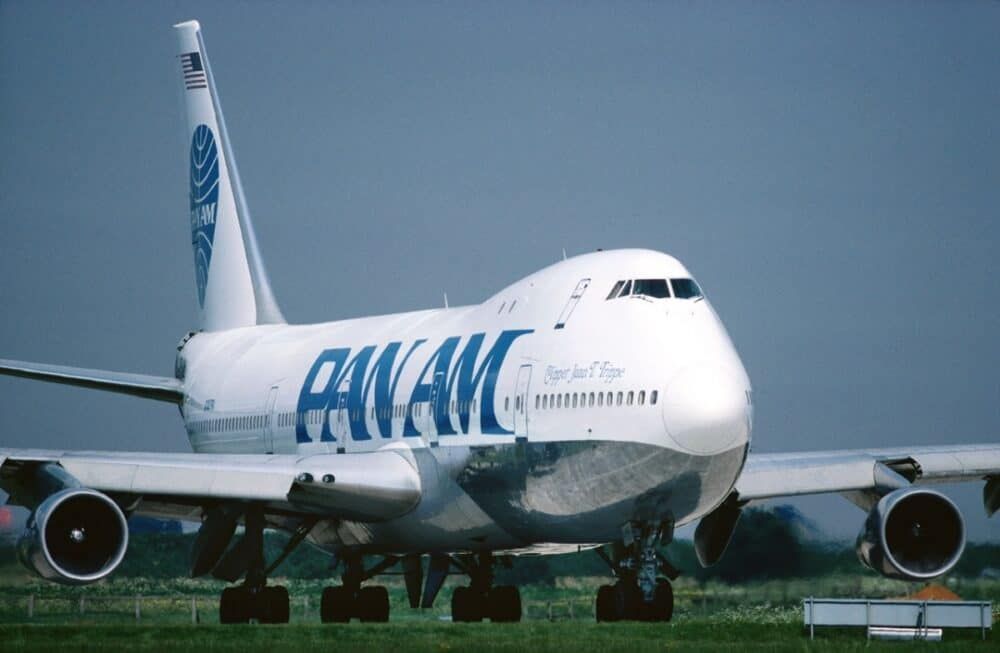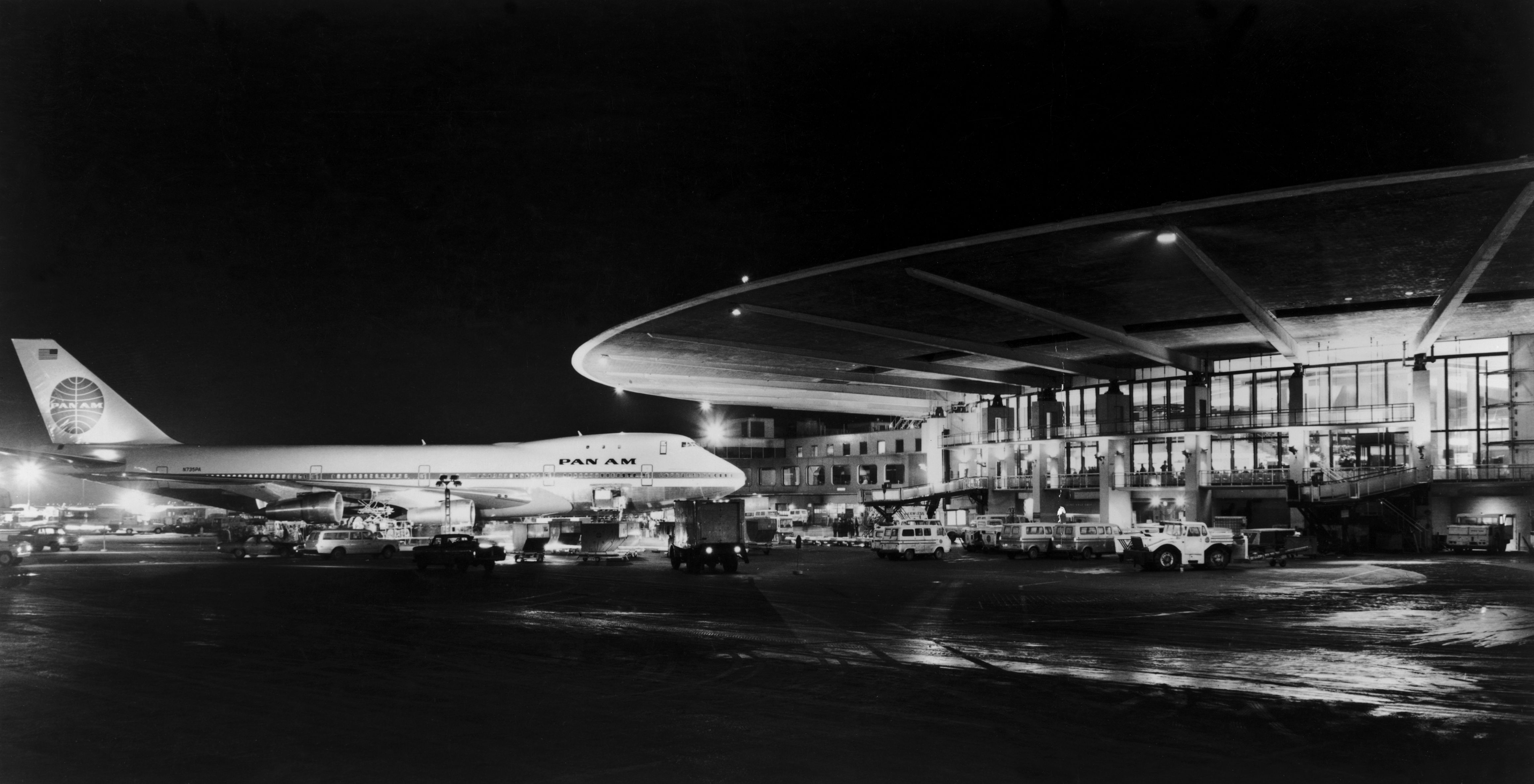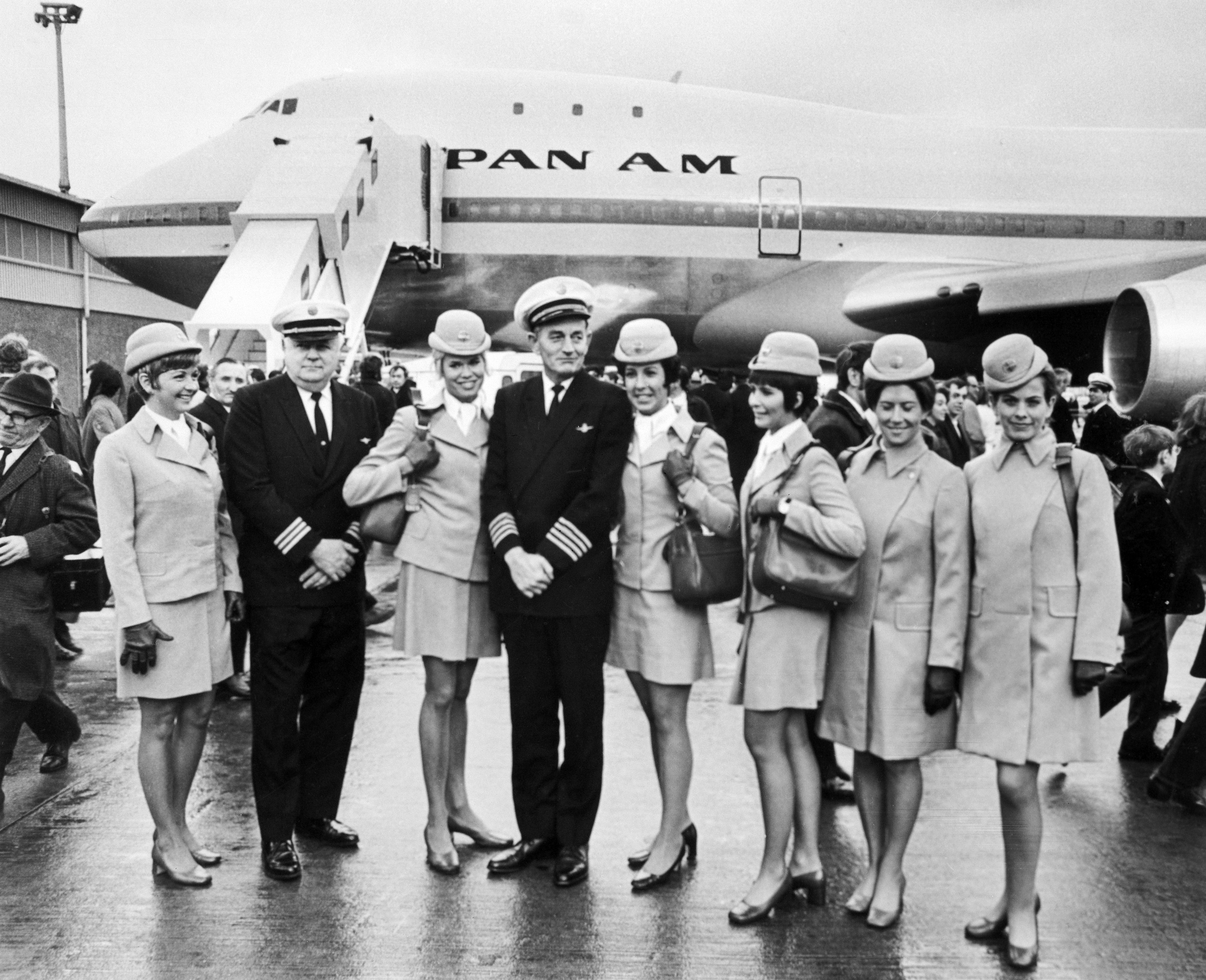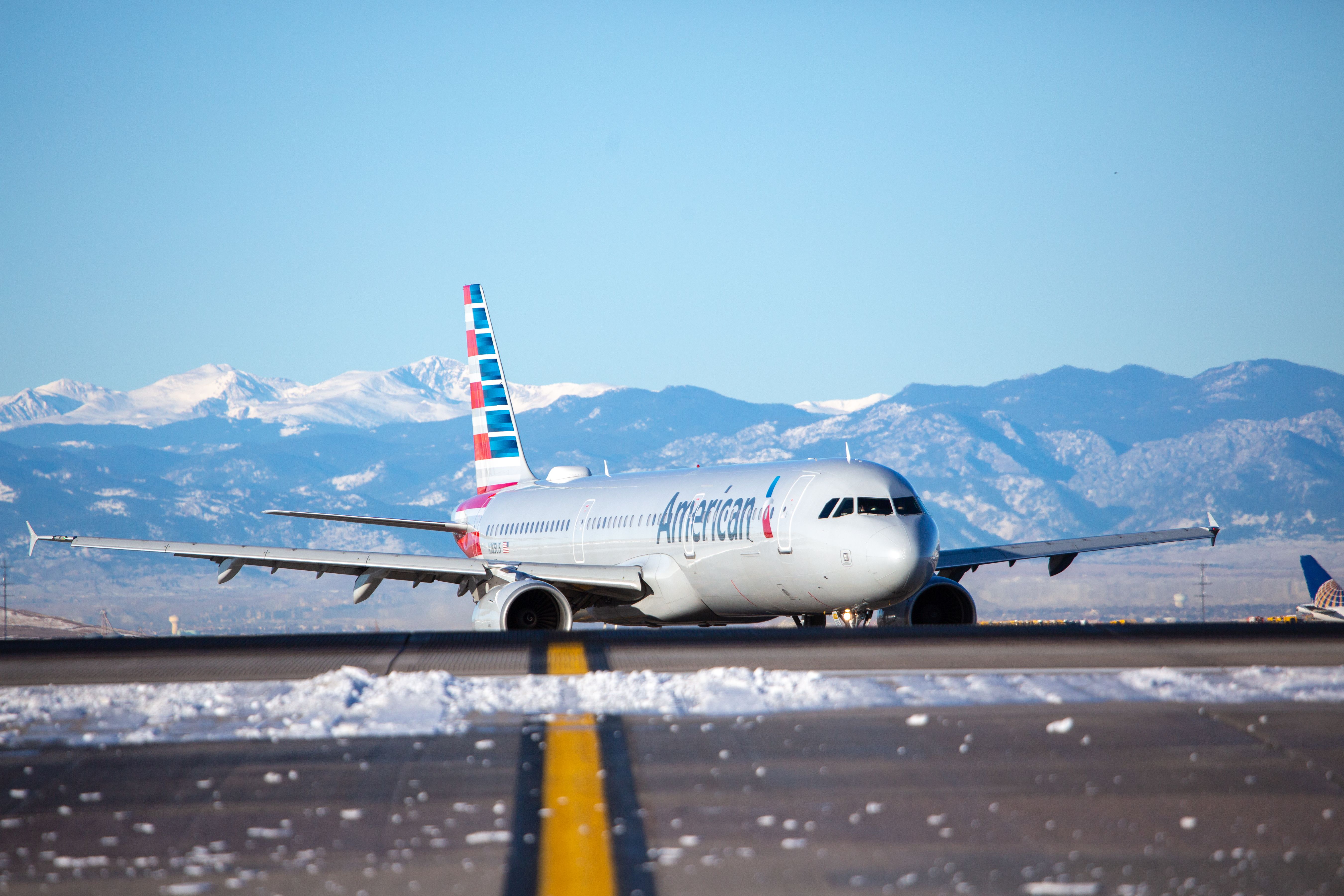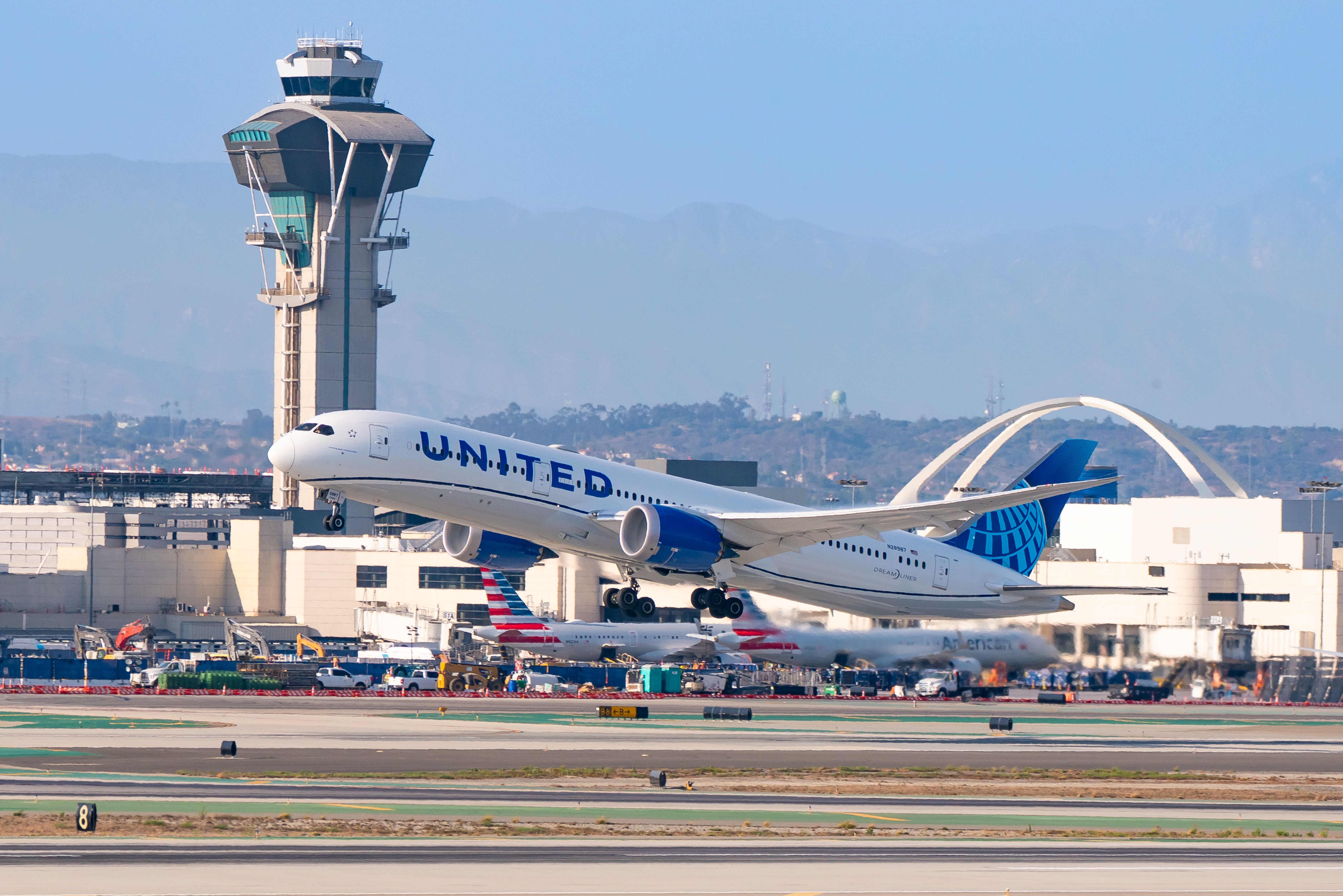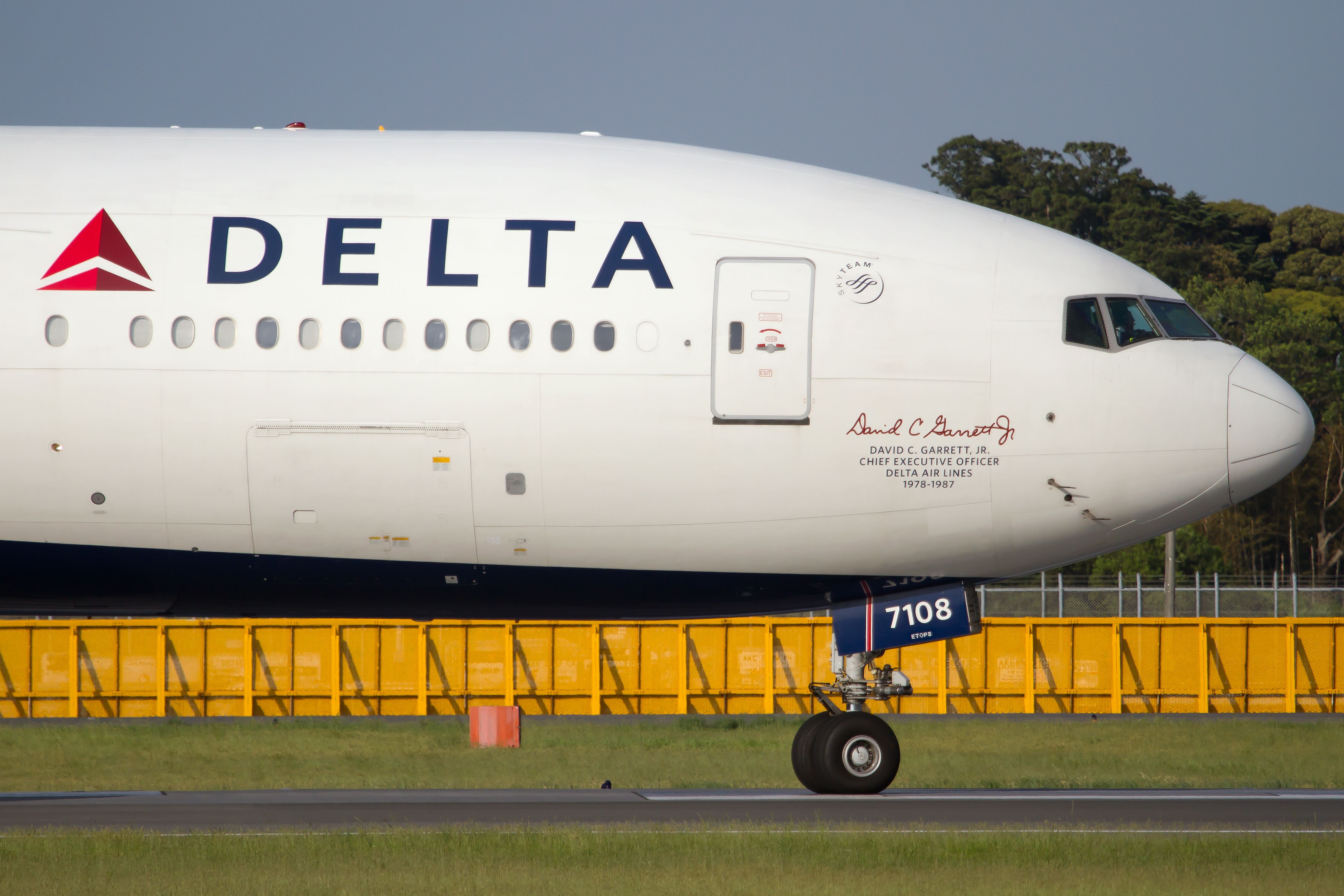The United States is notable for many things in aviation. However, it does not currently have, and likely will not have, a flag carrier, something that may come as a surprise to many. But is it really surprising given the developments in the US air market in the late 20th century?
The US air market in the 20th century
The US air market grew quickly after World War II. In the 1950s and 1960s, the jet age advanced the reach of US airlines. These planes were faster and had the opportunity to fly longer missions with fewer stops, which made commercial aviation in the US much more efficient and convenient.
US aviation was governed by the Civil Aeronautics Board (CAB) from the late-1930s onwards. Regulating air service, the CAB would determine which carriers could fly which routes, thereby turning competition from a market decision to a government one.
This helped certain carriers get access to certain routes and operate with minimal, or in some cases, no competition. However, in the post-war period in the US, there was a growth in air travel and increased competition on many routes. However, one airline maintained its strong position.
The unofficial US flag carrier
Growing in prominence during World War II, Pan Am was truly the unofficial US flag carrier in the 20th-century. Even in the post-war era, Pan Am maintained an impressive array of international routes. Pan Am was the premier international airline representing the US. It was known for bringing the Beatles to the US, further raising the airline's notoriety.
Pan Am, however, still had to face international competition. TWA and Braniff, among several other airlines, flew internationally, presenting some competition to Pan Am. However, Pan Am competed vigorously against these rivals and maintained its significant international presence.
Pan Am was such a significant carrier that it helped pioneer the development of one of the most iconic aircraft in the world: the Boeing 747. The airline was the launch customer for the plane and, arguably, was one of its most iconic operators. In 1970, First Lady of the United States, Pat Nixon, christened a Boeing 747, marking the aircraft and airline's significance.
The first Boeing 747s came to Pan Am while the carrier was at its peak with an international route portfolio that extended mostly out of the East Coast to South America and Europe. The airline sought to portray itself as a premier airline and offered a premium experience for its passengers.
The 1970s were key to the demise of Pan Am
From 1973 onwards, Pan Am significantly struggled. Starting with the oil crisis in 1973 and growing competition, the airline worked to right-size its operations. However, the real blow to Pan Am came in 1978.
In 1978, President Jimmy Carter signed the Airline Deregulation Act into law, which phased out the CAB and deregulated the American airline industry. It was essentially with this stroke that the US officially ended having even a de facto flag carrier.
During the regulated years, Pan Am could not fly domestic routes. The CAB was concerned about Pan Am growing so big it would monopolize the growing air market, so it left Pan Am with operating international routes with few exceptions. The carrier seriously wanted domestic routes, but it never got the breadth that it needed.
So, in 1978, all of a sudden, Pan Am had a limited domestic network and a large international network with nearly no connecting feed. On international routes, Pan Am faced a host of new competitors that seriously threatened its business.
From then on, Pan Am was on the slide. After a rough merger with National Airlines, the carrier went through a difficult 1980s and tried various strategies, including divestment of some assets and fleet advancements, which helped but was not enough for the airline. One thing it could not prepare for was the 1988 Lockerbie bombing and subsequent financial struggles.
In 1991, Pan Am ceased operations, leading to the end of the premier international airline.
The US has not had a flag carrier since
Since the US opened up its air market for competition, the country has not been terribly fond of maintaining a flag carrier. Many airlines have definitely tried to take the mantle of being an American flag carrier,
Today, the US has three major international airlines. These are American Airlines, Delta Air Lines, and United Airlines. All three have large domestic networks that help feed their international routes.
On the domestic front, some of the largest airlines include Southwest, JetBlue, and Alaska. Rounding out the airlines are the low-cost airlines, such as Spirit and Frontier, although JetBlue and Spirit are in the process of merging to become the fifth-largest US carrier. But the key point is, that there are plenty of airlines around, and that competition is one reason why the US does not have a flag carrier.
Flag carriers around the world
There are many flag carriers around the world, and they all generally have a few different features in common. Flag carriers are usually an airline that flies the largest portfolio of international routes out of a country and offers a sense of national pride for their home country. In some cases, those flag carriers are government-owned, though that is not always the case.
Some well-known examples of flag carriers include British Airways, Vietnam Airlines, Singapore Airlines, Saudia, Qatar Airways, KLM, Air France, Qantas, and plenty of others. The UAE actually has two flag carriers: Etihad and Emirates. Most of these airlines are serving some smaller countries that do not need a massive domestic network.
Stay informed: Sign up for our daily and weekly aviation news digests.
However, flag carriers are starting to go out of style. Some flag carriers, such as Thai Airways and South African Airways, have been in deep waters recently, while others, such as British Airways and Aeromexico, are facing strong competitors.
The US does fine without a flag carrier, and the deregulated aviation market in the US is not conducive to having a sole flag carrier. Instead of one flag carrier, all US carriers proudly fly the US flag at home and overseas, representing the diversity of airlines. For this reason, the US is unlikely to get a sole flag carrier now or in the future.
Do you think the US should have a flag carrier, or are you glad that the US does not have one? Let us know in the comments!

